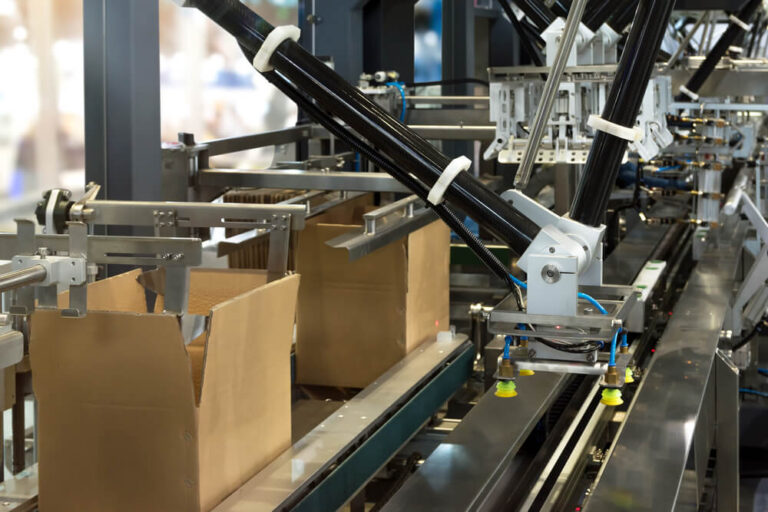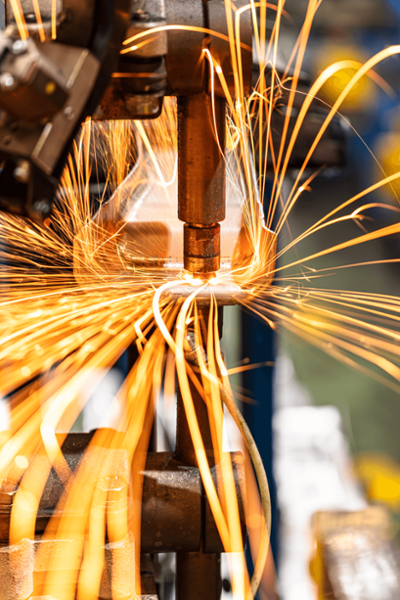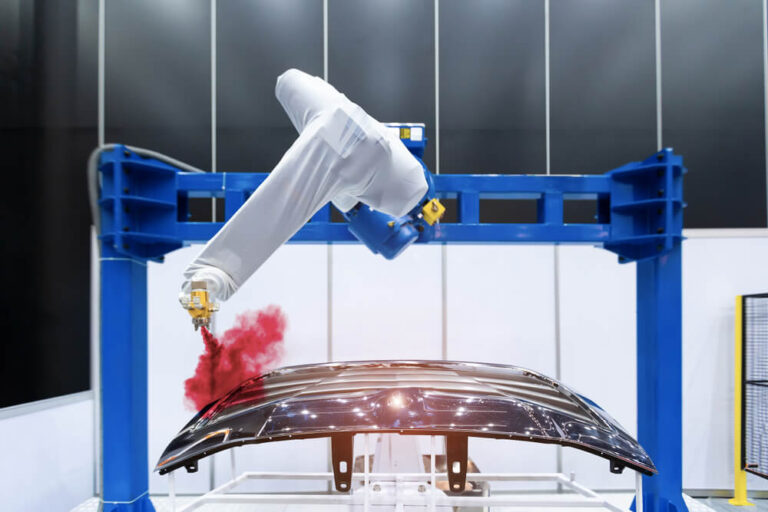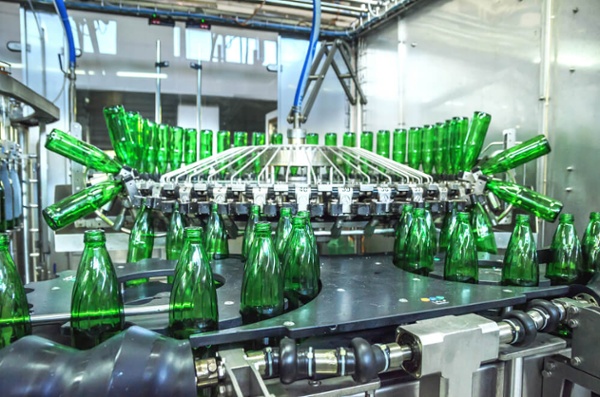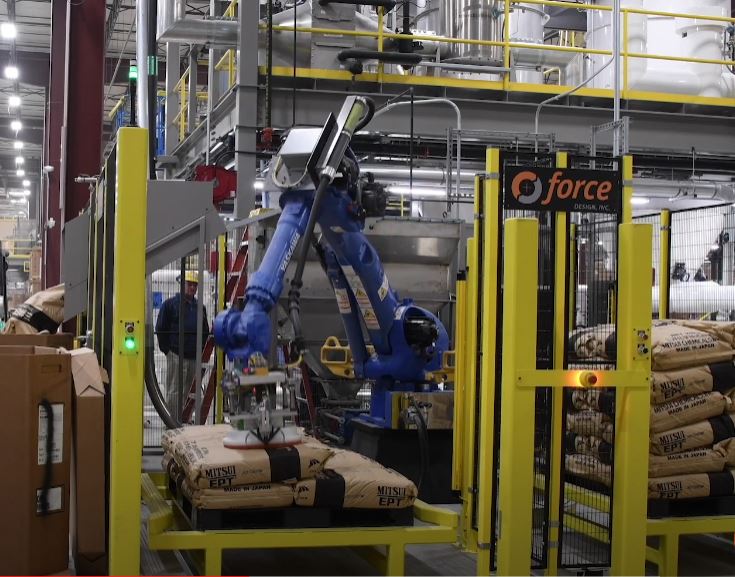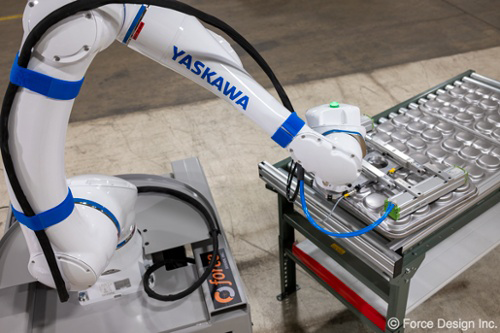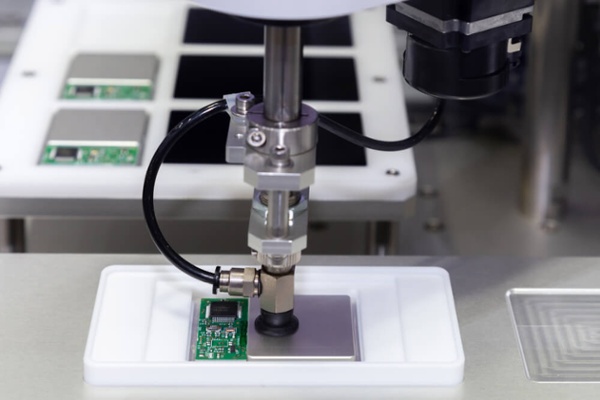Blog
Explore our library of resources designed to help you navigate the world of automation so you can do your best work.
SUBSCRIBE TO OUR BLOG
How Much Does This Cost? Find Out!
Check out a recent case study with all the details to find out what custom robotic automation equipment really means for businesses like yours. Enter your name and email below, and we’ll send it straight to your inbox.
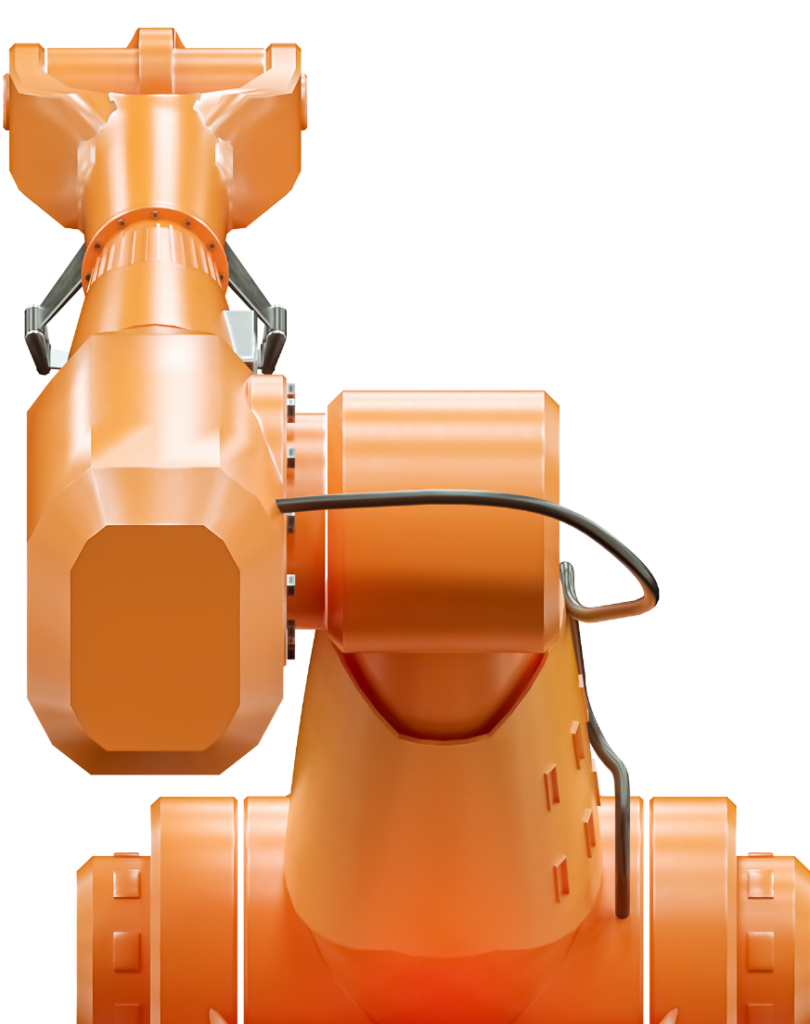
How Much Does This Cost? Find Out!
Check out a recent case study with all the details to find out what custom robotic automation equipment really means for businesses like yours. Enter your name and email below, and we’ll send it straight to your inbox.

How Much Does This Cost? Find Out!
Check out a recent case study with all the details to find out what custom robotic automation equipment really means for businesses like yours. Enter your name and email below, and we’ll send it straight to your inbox.

